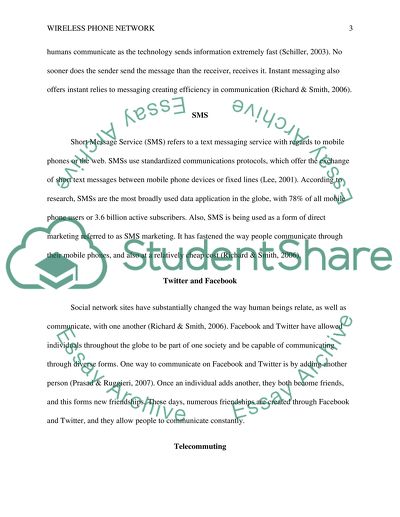Cite this document
(“The evolution of the wireless phone network Research Paper”, n.d.)
The evolution of the wireless phone network Research Paper. Retrieved from https://studentshare.org/information-technology/1401742-the-evolution-of-the-wireless-phone-network
The evolution of the wireless phone network Research Paper. Retrieved from https://studentshare.org/information-technology/1401742-the-evolution-of-the-wireless-phone-network
(The Evolution of the Wireless Phone Network Research Paper)
The Evolution of the Wireless Phone Network Research Paper. https://studentshare.org/information-technology/1401742-the-evolution-of-the-wireless-phone-network.
The Evolution of the Wireless Phone Network Research Paper. https://studentshare.org/information-technology/1401742-the-evolution-of-the-wireless-phone-network.
“The Evolution of the Wireless Phone Network Research Paper”, n.d. https://studentshare.org/information-technology/1401742-the-evolution-of-the-wireless-phone-network.


